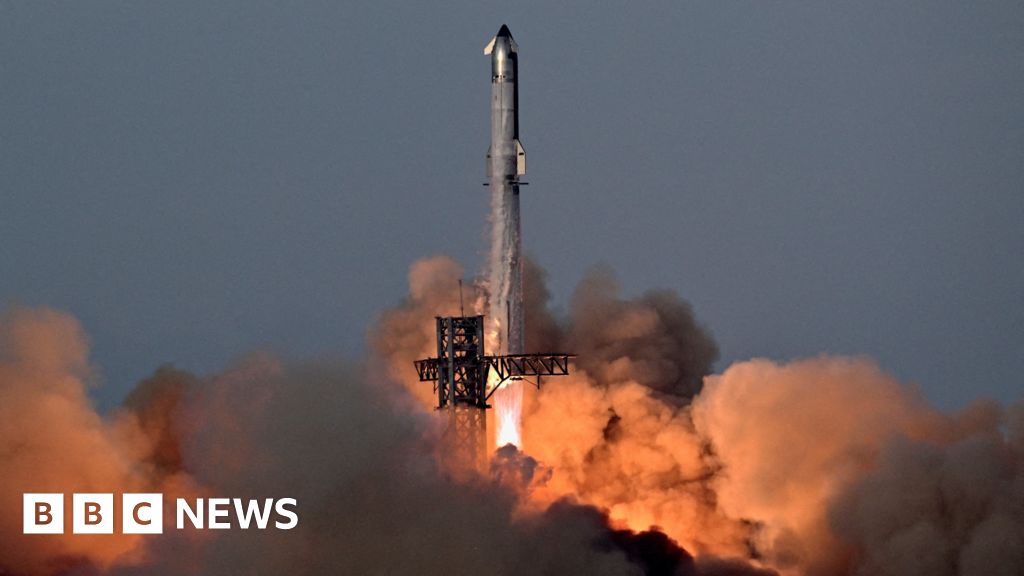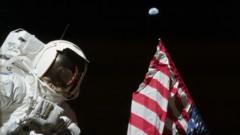NASA's Parker Solar Probe has made history by completing the closest fly-by of the Sun ever recorded. The spacecraft transmitted a signal back to mission control just before midnight on December 28, 2022, after several days without contact during its perilous journey. NASA confirmed that the probe is "safe" and functioning normally after passing a mere 3.8 million miles (6.1 million kilometers) from the Sun.
During this fly-by, the Parker Solar Probe made daring entries into the solar corona, the Sun's outer atmosphere, encountering blistering temperatures of about 1,800°F (980°C) and high levels of radiation. At speeds reaching up to 430,000 miles per hour (692,000 kilometers per hour), the probe's swift movement was dictated by the Sun's strong gravitational pull. NASA's goal for this mission was to gather data that would contribute to understanding not only the heating mechanisms of the corona but also the origins of the solar wind—a constant stream of charged particles emitted by the Sun.
Dr. Nicola Fox, NASA's head of science, emphasized the importance of physically exploring the Sun's atmosphere, comparing the distance of Parker from the Sun to the placement of Earth in a 1-meter scale model of the solar system; it would sit a mere 4 centimeters from the solar surface. This remarkable proximity is significant for solar research, as traditional observational methods have limitations.
The probe, which launched in 2018, has now completed multiple orbits around the Sun, steadily edging closer each time. It previously made 21 passes, but the Christmas Eve encounter set a new benchmark in the exploration of our star. The ambitious endeavor aims to address longstanding mysteries, particularly the perplexing nature of the corona, which is significantly hotter than the Sun's visible surface.
As scientists reflect on the implications of this mission, Dr. Jenifer Millard, an astronomer from Fifth Star Labs, highlighted the anomaly of the corona's heat compared to the Sun's surface, noting the vital role solar activity plays in Earth's environment. Understanding solar phenomena not only enhances our comprehension of the solar system but also offers important insights into how solar winds can affect technology on Earth, such as power grids and communication systems.
The Parker Solar Probe is equipped with a heat shield designed to withstand the intense conditions it faces. NASA scientists expressed their excitement and relief upon receiving the initial signals post-fly-by, indicating that the spacecraft endured its challenging journey effectively. As the Parker Solar Probe continues its mission, the scientific community awaits further findings that could illuminate different aspects of solar behavior and its connection to life on Earth.


















